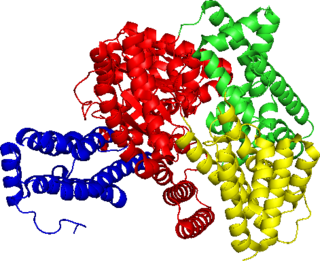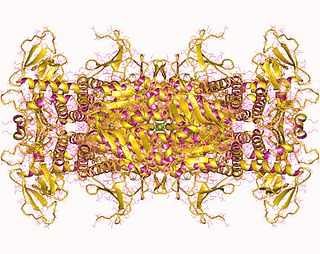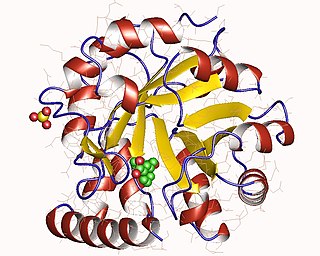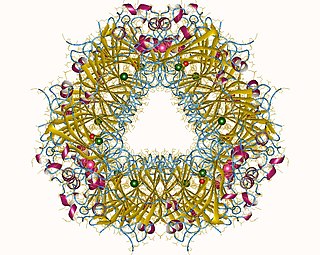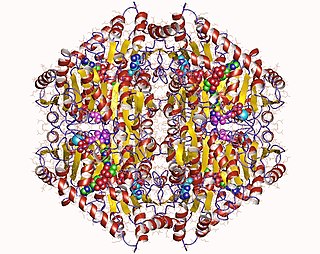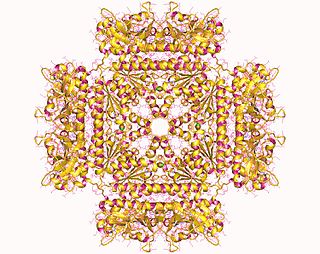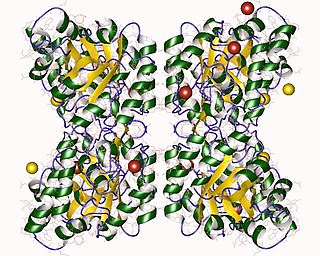| tartronate-semialdehyde synthase | |||||||||
|---|---|---|---|---|---|---|---|---|---|
 Tartronate-semialdehyde synthase homotetramer, E.Coli | |||||||||
| Identifiers | |||||||||
| EC no. | 4.1.1.47 | ||||||||
| CAS no. | 9027-24-1 | ||||||||
| Databases | |||||||||
| IntEnz | IntEnz view | ||||||||
| BRENDA | BRENDA entry | ||||||||
| ExPASy | NiceZyme view | ||||||||
| KEGG | KEGG entry | ||||||||
| MetaCyc | metabolic pathway | ||||||||
| PRIAM | profile | ||||||||
| PDB structures | RCSB PDB PDBe PDBsum | ||||||||
| Gene Ontology | AmiGO / QuickGO | ||||||||
| |||||||||
The enzyme tartronate-semialdehyde synthase (EC 4.1.1.47) catalyzes the chemical reaction
- 2 glyoxylate tartronate semialdehyde + CO2
This enzyme belongs to the family of lyases, specifically the carboxy-lyases, which cleave carbon-carbon bonds. The systematic name of this enzyme class is glyoxylate carboxy-lyase (dimerizing tartronate-semialdehyde-forming). Other names in common use include tartronate semialdehyde carboxylase, glyoxylate carbo-ligase, glyoxylic carbo-ligase, hydroxymalonic semialdehyde carboxylase, tartronic semialdehyde carboxylase, glyoxalate carboligase, and glyoxylate carboxy-lyase (dimerizing). This enzyme participates in glyoxylate and dicarboxylate metabolism. It has 2 cofactors: FAD, and Thiamin diphosphate.

